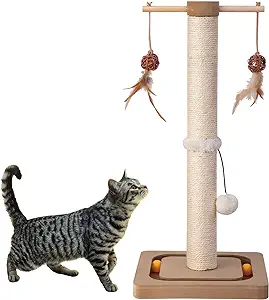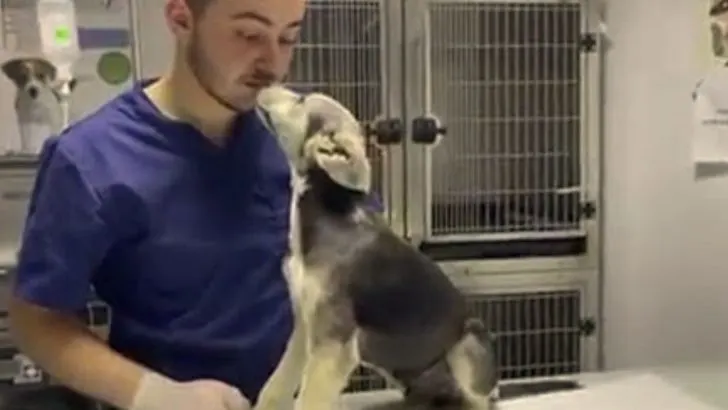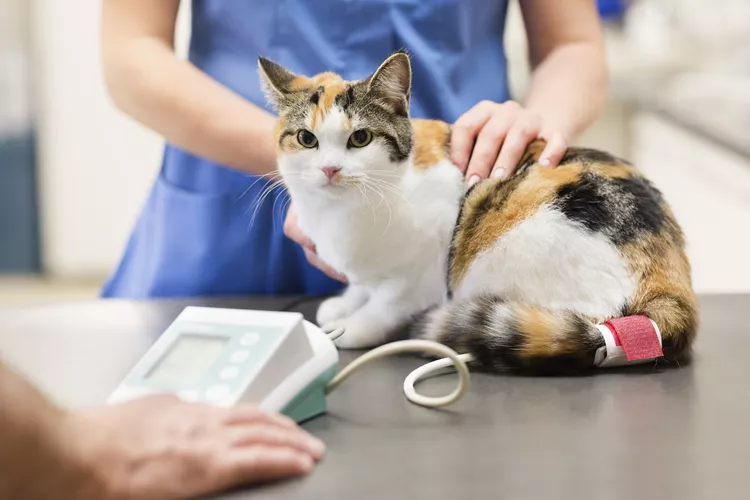For many cat owners, leaving their furry companions alone can be a source of worry and uncertainty.
Whether it’s for a few hours or a few days, understanding your cat‘s needs and capabilities when left alone is essential for their happiness and your peace of mind.
In this guide, we’ll explore how to gauge your cat‘s independence, determine their tolerance for solitude, and provide actionable tips to make their time alone as stress-free as possible.
Understanding Your Cat‘s Independence
Cats Are Naturally Independent
Cats are known for their independent nature. Unlike dogs, which often crave constant attention and interaction, cats are more self-reliant creatures.
This independence is rooted in their evolutionary history as solitary hunters, and it means they’re generally better equipped to handle periods of solitude.
Factors Affecting Independence
However, it’s important to recognize that not all cats are the same. Factors like age, personality, and past experiences can influence how well a cat copes with being alone.
For example, kittens and older cats may need more attention and care, while some cats may have separation anxiety or other behavioral issues that make solitude more challenging for them.
Determining How Long Your Cat Can Be Alone
Consider Your Cat‘s Age
Age plays a significant role in how well a cat can handle being alone. Kittens, with their boundless energy and reliance on their mother, need more frequent care and attention. As they grow older and become more independent, they can usually tolerate longer periods of solitude.
Assess Your Cat‘s Health
A cat‘s health status is another important consideration.
Cats with medical conditions or special dietary needs may require more frequent monitoring and care, especially if they need medication or special treatments.
It’s essential to work with your veterinarian to develop a care plan that meets your cat‘s needs while you’re away.
Evaluate Your Cat‘s Behavior
Your cat‘s behavior can also give you clues about how well they handle being alone.
If your cat becomes anxious, exhibits destructive behavior, or displays other signs of distress when left alone, it may indicate that they need more support or companionship while you’re away.
Gradually Increase Alone Time
If you anticipate being away for longer periods of time, it’s a good idea to gradually introduce your cat to being alone.
Start by leaving them alone for short periods and gradually increase the time as they become more comfortable. This can help reduce their anxiety and make the transition easier for them.
Tips For Leaving Your Cat Alone
Provide Adequate Supplies
Before you leave, make sure your cat has everything they need to be comfortable and safe. This includes providing fresh water, food, and a clean litter box. Consider investing in automatic feeders and water dispensers to ensure a steady supply of food and water while you’re away.
PETLIBRO Automatic Cat Feeder, Automatic Cat Food Dispenser with Timer Interactive Voice Recorder, Auto Cat Feeder with 1-4 Meals Control Dry Food

Enrich The Environment
Cats need mental and physical stimulation to thrive, even when they’re alone.
Make sure your cat has access to toys, scratching posts, and other enrichment activities to keep them entertained and engaged. You can also leave out puzzle feeders or interactive toys to keep their minds sharp and occupied.
Here are a few products that can keep your cat occupied while you are away:
Cat Scratching Post Premium Sisal Toll Scratch Posts with Tracking Interactive Toys Vertical Scratcher for Indoor Cats and Kittens- 25 inches Beige

Arrange For Companionship
If possible, arrange for someone to check in on your cat while you’re away.
This could be a friend, family member, or professional pet sitter who can spend time with your cat, provide companionship, and make sure they’re doing okay.
Even just a quick visit or phone call can make a big difference in your cat‘s happiness and well-being.
Consider Hiring A Professional Pet Sitter
If you’re going to be away for an extended period of time, consider hiring a professional pet sitter or boarding your cat at a reputable facility. What you must avoid is to keep your cat inside a carrier.
This way, you can have peace of mind knowing that your cat is being well cared for in your absence. Be sure to do your research and choose a caregiver or facility that you trust and feel comfortable with.
Leave Comforting Scents
Leaving behind something with your scent, like a piece of clothing or a blanket, can provide comfort and reassurance to your cat while you’re away.
Your scent is familiar and comforting to them, and having it nearby can help reduce their stress and anxiety.
Use Technology To Stay Connected
There are many technological gadgets available that can help you stay connected with your cat while you’re away.
Pet cameras, for example, allow you to check in on your cat remotely and even interact with them through a two-way audio feature. You can also set up automatic feeders or toys that can be controlled via an app on your phone.
Kasa Indoor Pan/Tilt Smart Security Camera, 1080p HD Dog-Camera,2.4GHz with Night Vision,Motion Detection for Baby and Pet Monitor, Cloud & SD Card Storage, Works with Alexa& Google Home (EC70), White

Conclusion
Leaving your cat alone doesn’t have to be a source of worry or guilt.
By understanding your cat‘s needs and taking steps to ensure their comfort and well-being while you’re away, you can help them thrive even in your absence.
Whether it’s providing basic necessities, arranging for companionship, or utilizing technology to stay connected, there are many ways to make your cat‘s time alone more enjoyable and stress-free.
With a little preparation and care, you can leave your cat with confidence, knowing that they’ll be happy and safe until you return.







